Unlocking a Kaleidoscope of Possibilities In the ever-evolving fashion industry, tricot fabric has become increasingly popular due to its versatility, luxurious feel, and elegant drape. With its lightweight and stretchy nature, tricot fabric is widely used in a variety of applications, ranging from lingerie and sleepwear to athletic apparel and evening gowns. To further enhance its appeal and tailor it to specific design needs, dyeing tricot fabric has become a crucial technique embraced by textile manufacturers and fashion designers alike. Dyeing tricot fabric is a complex process that requires precision, expertise, and an eye for detail. The technique involves infusing vibrant colors into the fabric, transforming it into a canvas of endless possibilities. By dyeing tricot fabric, designers can create unique and personalized garments that cater to individual preferences and market demands.
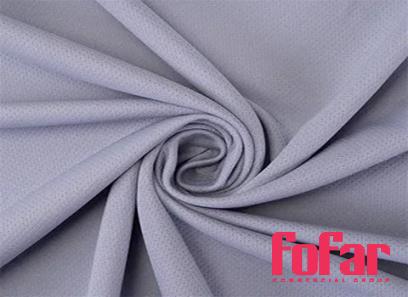
.
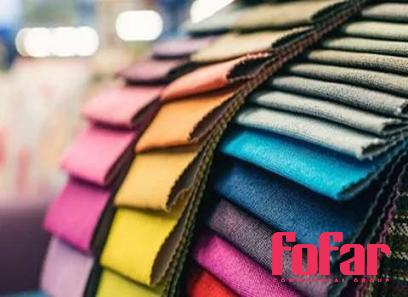 One of the fundamental aspects to consider before embarking on the dyeing process is to select high-quality tricot fabric. Choosing the right fabric lays the foundation for achieving desired outcomes. Manufacturers and designers should place great importance on sourcing tricot fabric that is known for its color absorption properties, as this will ultimately determine the vibrancy and longevity of the dye. To ensure successful results, it is critical to meticulously prepare the tricot fabric before dyeing. This involves a thorough cleaning process to remove any impurities or finishes that could hinder the dye’s penetration. Tricot fabric should be washed and carefully inspected to guarantee a clean and even dye application. Once prepared, the dyeing process can commence. The choice of dye and the method used can significantly impact the final result. A range of dye types, such as acid dyes, fiber-reactive dyes, or direct dyes, can be employed depending on the desired effect.
One of the fundamental aspects to consider before embarking on the dyeing process is to select high-quality tricot fabric. Choosing the right fabric lays the foundation for achieving desired outcomes. Manufacturers and designers should place great importance on sourcing tricot fabric that is known for its color absorption properties, as this will ultimately determine the vibrancy and longevity of the dye. To ensure successful results, it is critical to meticulously prepare the tricot fabric before dyeing. This involves a thorough cleaning process to remove any impurities or finishes that could hinder the dye’s penetration. Tricot fabric should be washed and carefully inspected to guarantee a clean and even dye application. Once prepared, the dyeing process can commence. The choice of dye and the method used can significantly impact the final result. A range of dye types, such as acid dyes, fiber-reactive dyes, or direct dyes, can be employed depending on the desired effect.
..
 Additionally, various techniques, including immersion dyeing, hand painting, or even tie-dyeing, offer designers ample room for experimentation and innovation. While dyeing tricot fabric allows for a limitless array of shades and hues, it is essential to carefully follow the dye manufacturer’s instructions to ensure the desired color saturation and fixability. Temperature, time, and pH levels must be closely monitored throughout the dyeing process to achieve consistent and reliable results. Once the dyeing process is complete, it is crucial to carry out thorough rinsing and post-treatment procedures. This includes removing excess dye and applying fixatives to lock the color in place, ensuring minimal fading and bleeding over time. The fabric should then be dried and ironed, ready for the next stage in the garment creation process.
Additionally, various techniques, including immersion dyeing, hand painting, or even tie-dyeing, offer designers ample room for experimentation and innovation. While dyeing tricot fabric allows for a limitless array of shades and hues, it is essential to carefully follow the dye manufacturer’s instructions to ensure the desired color saturation and fixability. Temperature, time, and pH levels must be closely monitored throughout the dyeing process to achieve consistent and reliable results. Once the dyeing process is complete, it is crucial to carry out thorough rinsing and post-treatment procedures. This includes removing excess dye and applying fixatives to lock the color in place, ensuring minimal fading and bleeding over time. The fabric should then be dried and ironed, ready for the next stage in the garment creation process.
…
 Dyeing tricot fabric not only enhances its visual appeal but also provides a multitude of benefits when it comes to sustainability and uniqueness. By customizing tricot fabric through dyeing, fashion brands can reduce waste by avoiding mass production of identical garments. Additionally, the use of eco-friendly dyes can further contribute to minimizing the industry’s environmental footprint. In conclusion, dyeing tricot fabric opens a world of possibilities for both textile manufacturers and fashion designers. This transformative technique allows for endless color variations, enabling the creation of personalized and distinctive garments. However, it is imperative to approach the dyeing process with meticulous care and attention to detail, ensuring the highest quality standards are met. Through advancements in dye technologies and a commitment to sustainable practices, dyeing tricot fabric paves the way for a vibrant and vibrant future in the fashion industry.
Dyeing tricot fabric not only enhances its visual appeal but also provides a multitude of benefits when it comes to sustainability and uniqueness. By customizing tricot fabric through dyeing, fashion brands can reduce waste by avoiding mass production of identical garments. Additionally, the use of eco-friendly dyes can further contribute to minimizing the industry’s environmental footprint. In conclusion, dyeing tricot fabric opens a world of possibilities for both textile manufacturers and fashion designers. This transformative technique allows for endless color variations, enabling the creation of personalized and distinctive garments. However, it is imperative to approach the dyeing process with meticulous care and attention to detail, ensuring the highest quality standards are met. Through advancements in dye technologies and a commitment to sustainable practices, dyeing tricot fabric paves the way for a vibrant and vibrant future in the fashion industry.

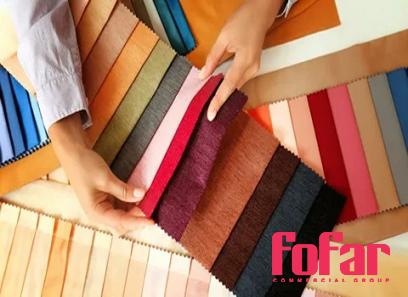
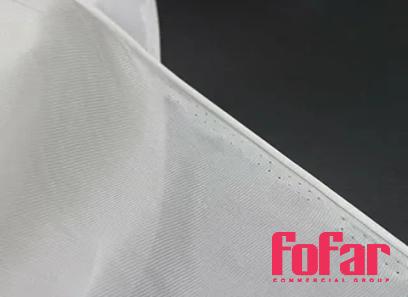


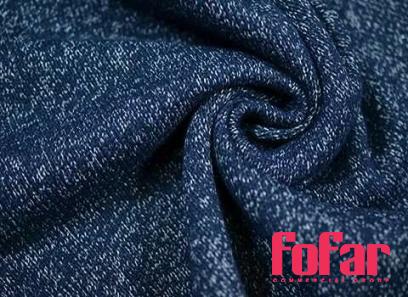
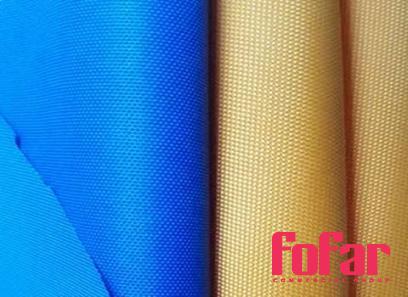
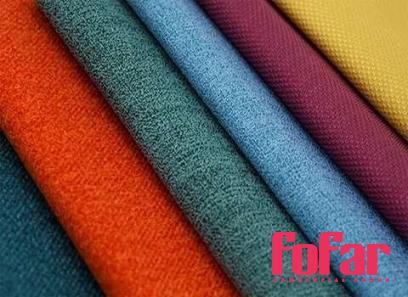


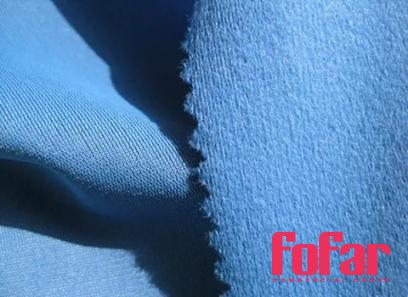
Your comment submitted.